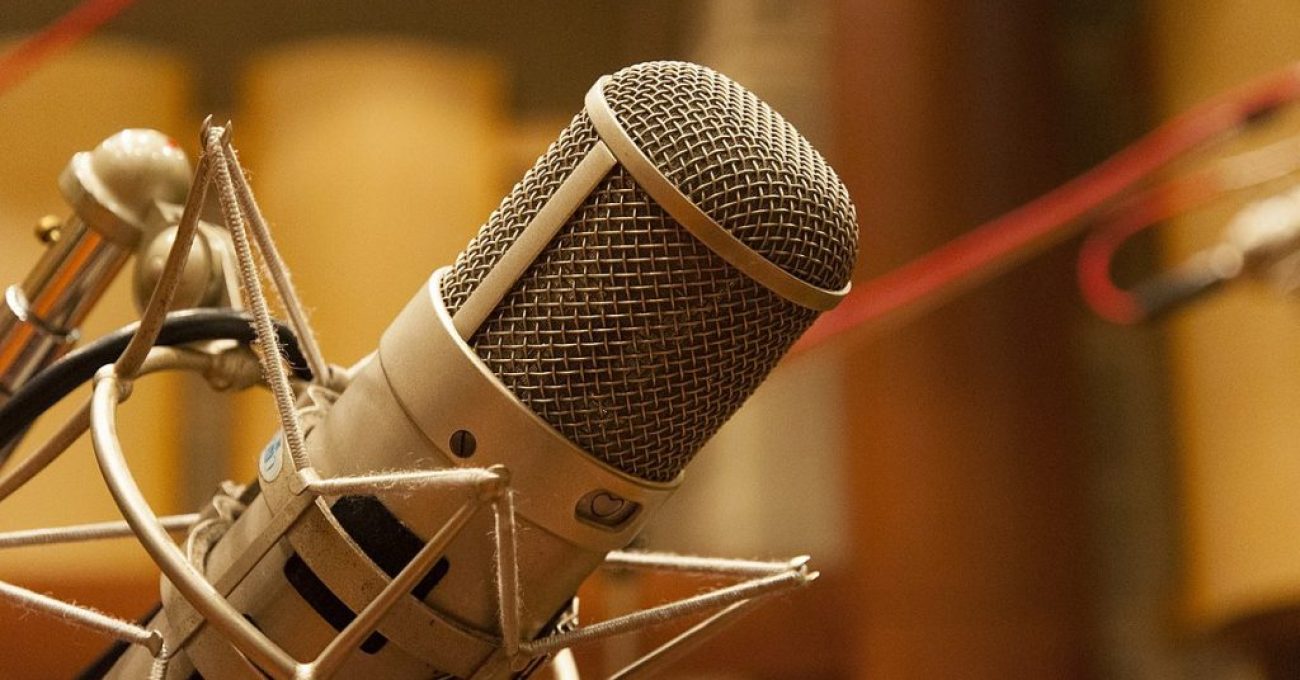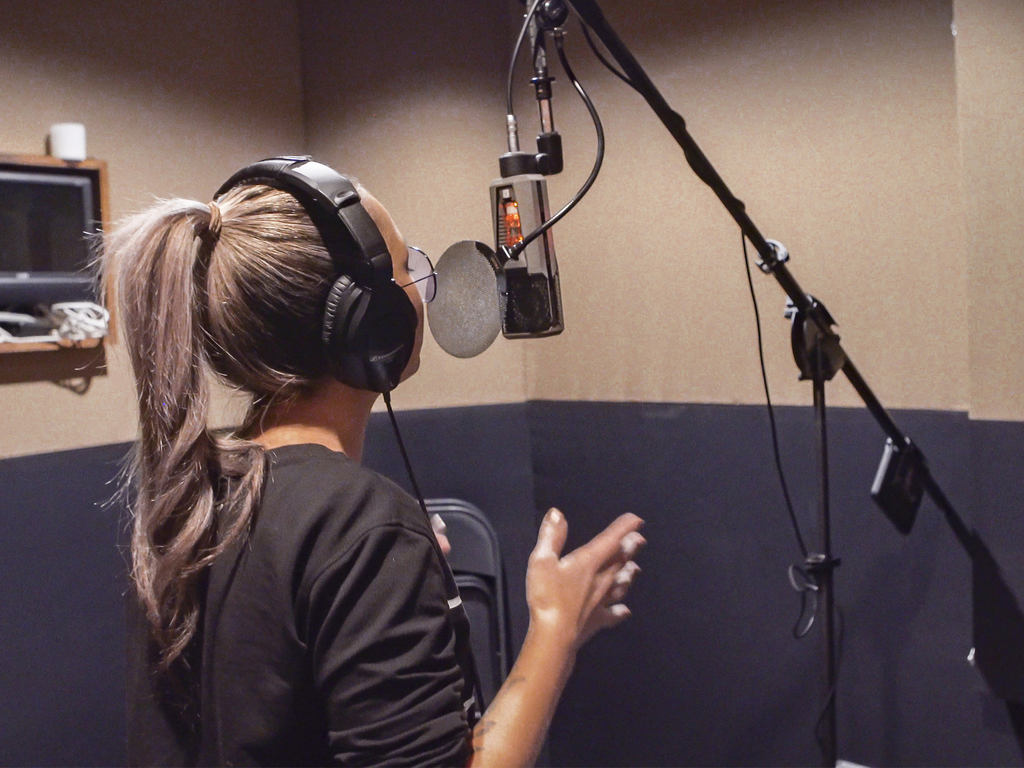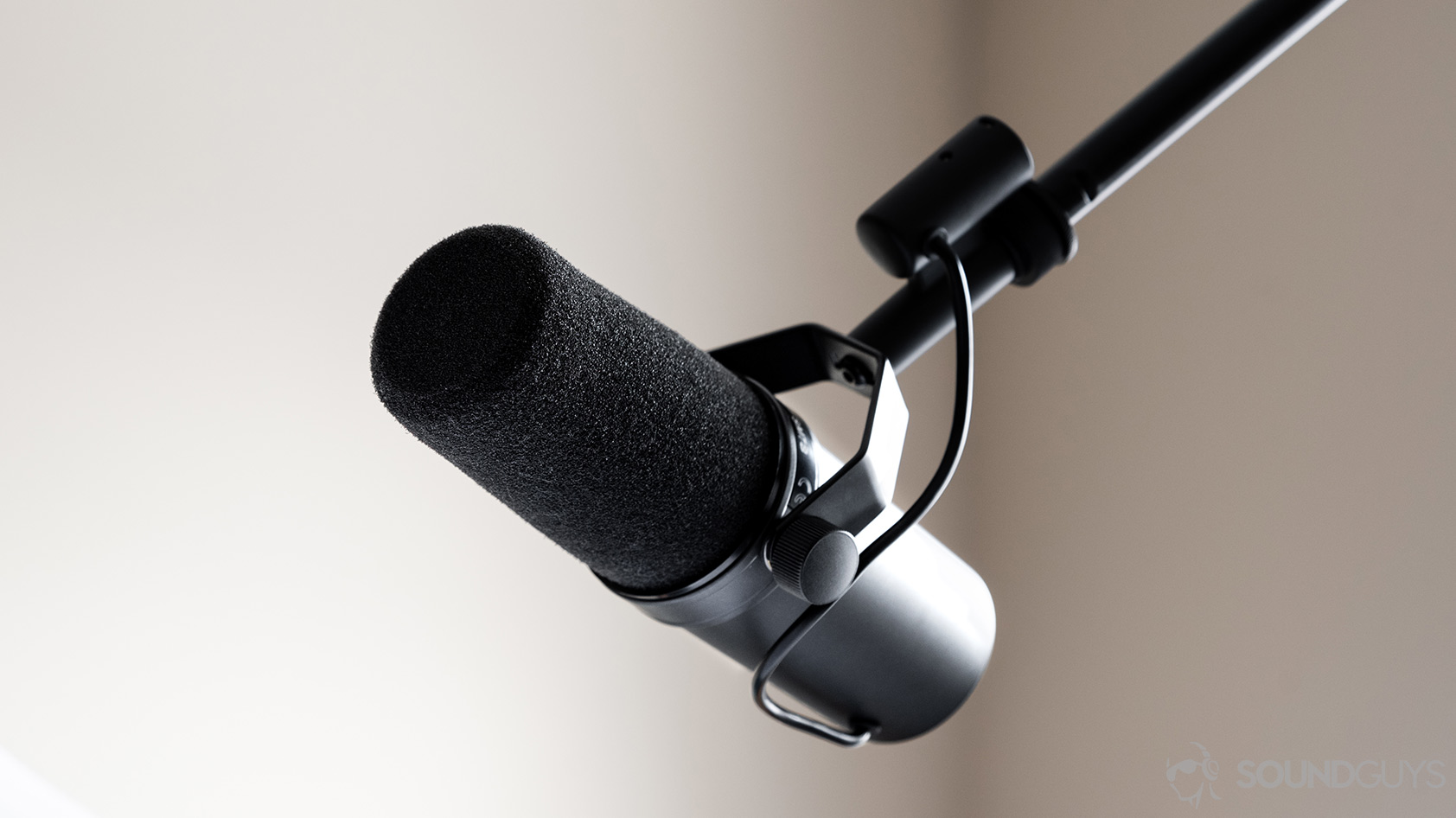おすすめのポッドキャスト用マイクTOP4
If you’ve decided to start a podcast, you’re probably wondering, “What’s the best microphone for podcasting?”
Good news for those people. For the majority of users, the answer is simple: get an ATR2100x-USB. However, if you need to record a large group of people or want something a little more professional, it can be a bit difficult.
Don’t worry, we’ll simplify it (rather than confuse you with 300 different options) so you can get the gear you need and start podcasting again. The first thing you need to know is that there are two ways to connect a podcast microphone to your computer: USB and XLR.
USB recording is quick and easy to set up, so it’s perfect if you only need to record with a single microphone on-site. It’s fine for remote guests, but if you need to record two or more people in close proximity, you’ll want to avoid USB.
XLR connectors require additional equipment to connect to your computer, but the sound quality is excellent. It also allows you to attach many microphones at the same time.
Now that the explanation is out of the way, let’s introduce the highest quality podcasting microphones, from USB to XLR.
Recommended USB microphone for podcasting
ATR2100x-USB
We previously introduced Audio-Technica’s ATR2100-USB, and now a new version has arrived. ATR2100x-USB improves quality and features USB-C.
Equipped with two terminals, USB and XLR, it has performance that exceeds its price range, and is small enough to be carried as needed.
Samsung Q2U
The Samsung Q2U is basically the same microphone as above. I’ve heard that the ATR2100 is not available outside of the US, so in that case I would buy this.
Comes with stand, windshield, USB cord and XLR cord.
Recommended XLR microphone for podcasting
Dynamic microphones are recommended for most people. Consider this type of device, especially if you’re recording a large number of people in the same studio.
Rode PodMic
For an XLR microphone for podcasting under $100, we recommend the Rode PodMic.
This dynamic cardioid microphone has a built-in pop filter and shock mount to deliver the best audio quality in a small and simple package.
For better sound quality, purchase a boom arm.
Rode Procaster
I have three of these microphones, and I really like them. The Rode Procaster needs a little boost to keep it from getting too loud.
When compared to other microphones, the 75Hz to 18kHz frequency range may seem incomparable, but the results are impressive.
So what about Blue Yeti? Admittedly, it’s not a top-of-the-line option for podcasting. The Blue Yeti is a great microphone for gaming and streaming, but for podcasting you’ll want something that reduces background noise.



